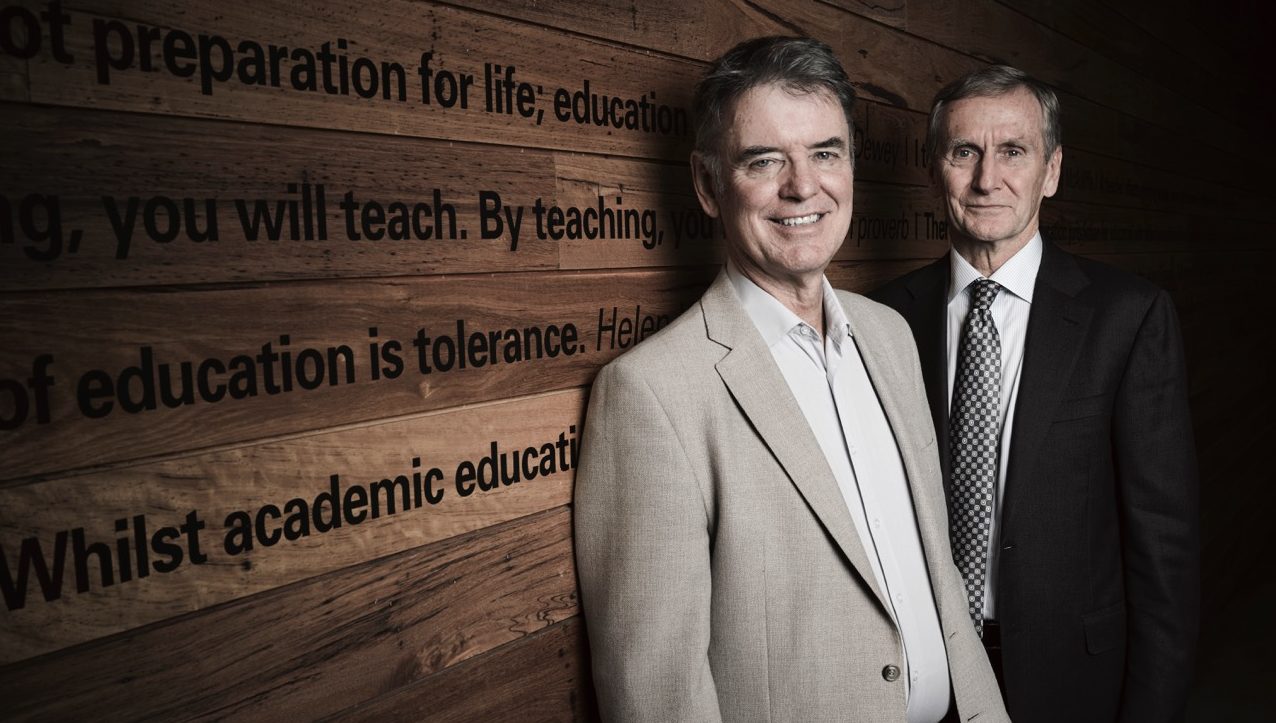A voice from the field on ‘raising resilience’

Modern discourse echoes with refrains about the youth of today just not being as resilient or independent as they once were. Accusations of helicopter parenting, mollycoddling and indulgence follow.
Without drowning in branched and dichotomous viewpoints, let us simply focus on the essence of resilience, and what it looks like. This way, we can actively promote and develop it together. Resilience is the ability to see light beyond dark, smoothness after roughness, sunshine after rain.
It is important to keep in perspective that adversity is just as different as people. Valuing the authenticity and impact of mental and emotional adversity, as well as physical causes, is pivotal to acceptance, healing and ultimately, resilience.
Just because one person seemingly glides through a situation, doesn’t mean they have come through unscathed. Actual resilience runs a lot deeper than a smile or reassimilation after a tough time.
Human challenges are deeply personal and diverse. Instead of judging or assuming, it’s important to respond to each situation and each child specifically. Not all kids respond to vicissitudes in a like manner.
Can resilience be taught? Put simply; yes.
There are many research proven programs such as ‘Aussie Optimism’, ‘The Resilience Doughnut’ and ‘Bounce Back’ that all target primary aged students. With enormous success, programs such as these have not only raised resilience, they have strengthened academic success.
As a class teacher, I am constantly adding to my repertoire of strategies with the aim of nurturing and bolstering healthy resilience. I am a huge believer in the growth mindset philosophy. Instilling regular practice of mindfulness can empower young students with the realisation of choices and consequences. Setting them up for success as early as we can in life significantly boosts accountability, self-recognition and self-esteem.
Together, we can all build flexibility and balance, habitual positivity of mind, the strength to face and accept the unfamiliar, and the confidence to relish challenges. Perceiving and valuing both successes and setbacks as equal contributors to steady resilience is also crucial.
Perhaps we all need to focus on the ‘cans’ rather than the ‘can nots’ and promote stories of triumph over adversity. Do we need to embrace the future, rather than repeatedly shaming the present?
Every generation lives in a different time, with different challenges, and a different set of strengths and weaknesses can follow. Within each generation exists further diversity still – and there we have humanity, and individuality.
In my experience, the best outcomes occur when adults just accept this generation for who they are and what they need.
Resilience is just like any other human quality. Sure, some people can weather storm after storm, and some need a little help to move mountains, but like any skill, resilience can be explicitly taught and aptitude cemented. Potential most definitely can be expanded.
Together, we can raise resilience.







